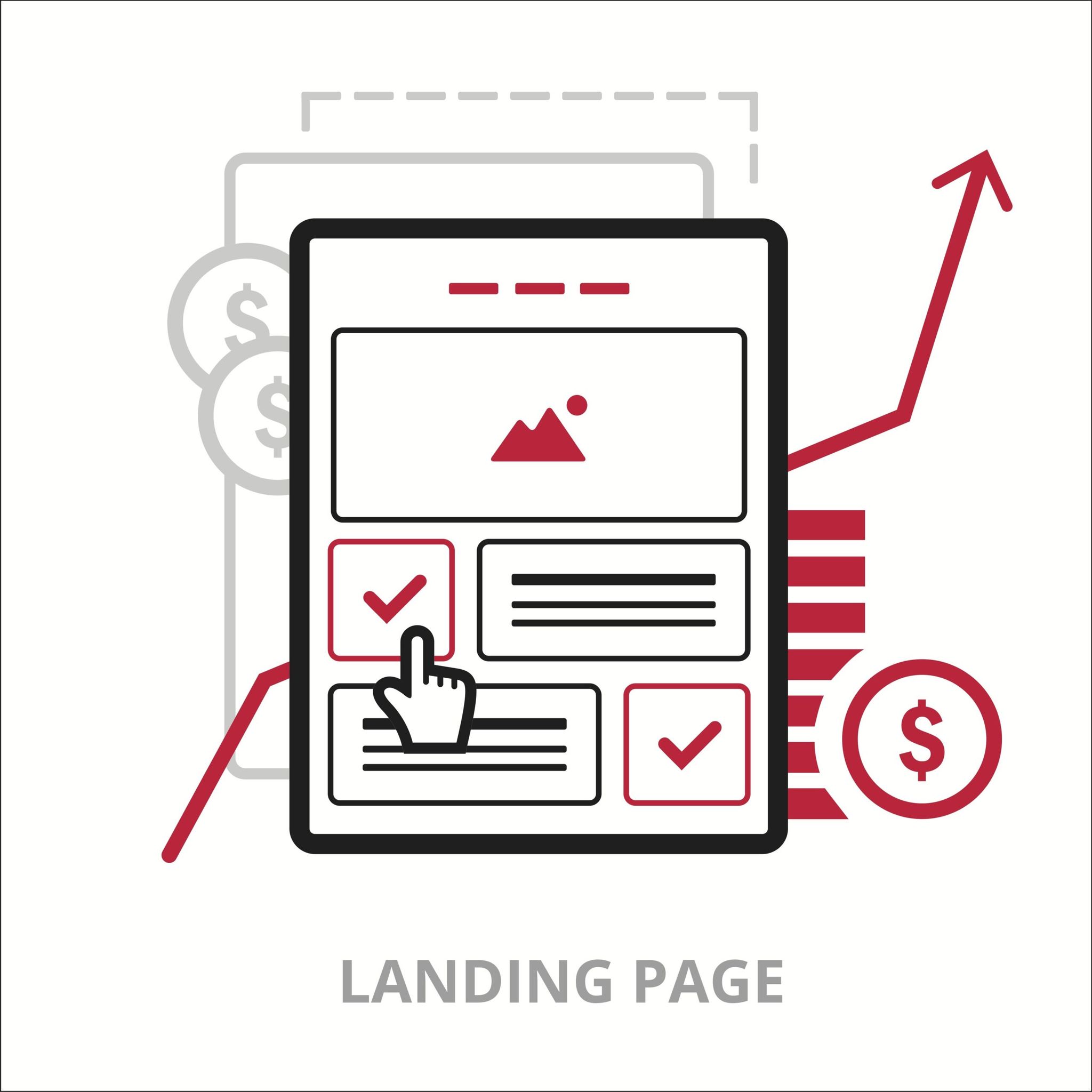Landing Pages Are The New Print

Brands and their local retailers are moving to digital faster than ever. Weekly promotions, coupons via print offers are being supplemented by digital postcards (landing pages). There is an immediate savings from the hard cost of print and when paired with changing consumer behavior mobile and online shoppers – digital marketers know where to put their brands money. In order to drive additional traffic to their core websites, brands are building promotional local landing pages to deliver offers. Using localized landing pages, brands are capturing more in-depth information about their local consumers, determining what promotional messages are most effective and gathering key demographic and redemption information to further segment their audiences for future promotions.
Why Online Coupons and Offers?
According to Inmar, while digital coupons and offers only represent approximately 12 percent of all coupons redeemed, they regularly convert at higher levels between 5 and 20 percent compared to .4 percent for print coupons. In fact, eMarketer reports, “52 percent of adults used a digital coupon in 2017.” Using online targeting and corresponding loyalty program information, retailers are able to better deliver the right message to the right audience at the right time.
Utilizing a landing page allows brands to more accurately target their local audience and deliver more actionable information on a landing page. Major brands, using landing pages to market weekly promotions and offers, also find they are able to localize offers and experiment by region or market to test which campaigns perform the best.
So where are consumers actively looking for offers and promotions? A recent Neilson study shows, “50 percent of digital coupons and offers are found on brand sites and apps.” With significant investments in core websites and location pages, brands and their local retailers are more determined to drive additional traffic to engage customers and increase revenue.
The Mobile Shopper
The mobile phone has had a significant impact on the way people shop. Whether shopping online or in a store, shoppers are using their phones to look up competitive pricing, search for coupons or offers or seek additional information like reviews or more in-depth product features before making a purchase. A Nielson report finds that “60% of shoppers use their smartphone to find a product first.”
Using websites and promotional landing pages, specific to promotions, allows brands to influence shoppers who may not have any particular product in mind. Mobile shoppers in particular can be influenced prior to shopping when they have the ability to send promotional codes or coupons to their phones. Neilson also found that “59 percent of pre-shopping activity was focused on finding sales and coupons.” Using printed ads and email marketing containing specialized mobile-friendly promotional landing pages allows marketers to further increase the success of their campaigns.
Using Landing Pages to Drive Traffic and Brand Awareness Locally
Promotional landing pages are a “creative canvas” allowing brands to inform consumers about the unique benefit the product(s) fulfills. Great page design and visually appealing photos and video conveys the brand benefit in an engaging way while offering incentives to purchase such as a coupon, promotional code, product detail or signing up for future offers and incentives.
The key to successfully using promotional landing pages is the ease of designing and publishing promotional landing pages to a single site or multiple local sites. The RallyMind platform has found that brands with 40 or more local or regional landing pages receive 12 times more leads. Nearly every action taken by visitors to the landing page(s) is tracked and made available via API access, allowing marketing teams to make key decisions on campaign direction and advertising channels. Also, RallyMind has made it easy to deploy landing pages with a simple spreadsheet thats integrates A/B testing, giving brands even more data to track and drive sales and marketing decisions.